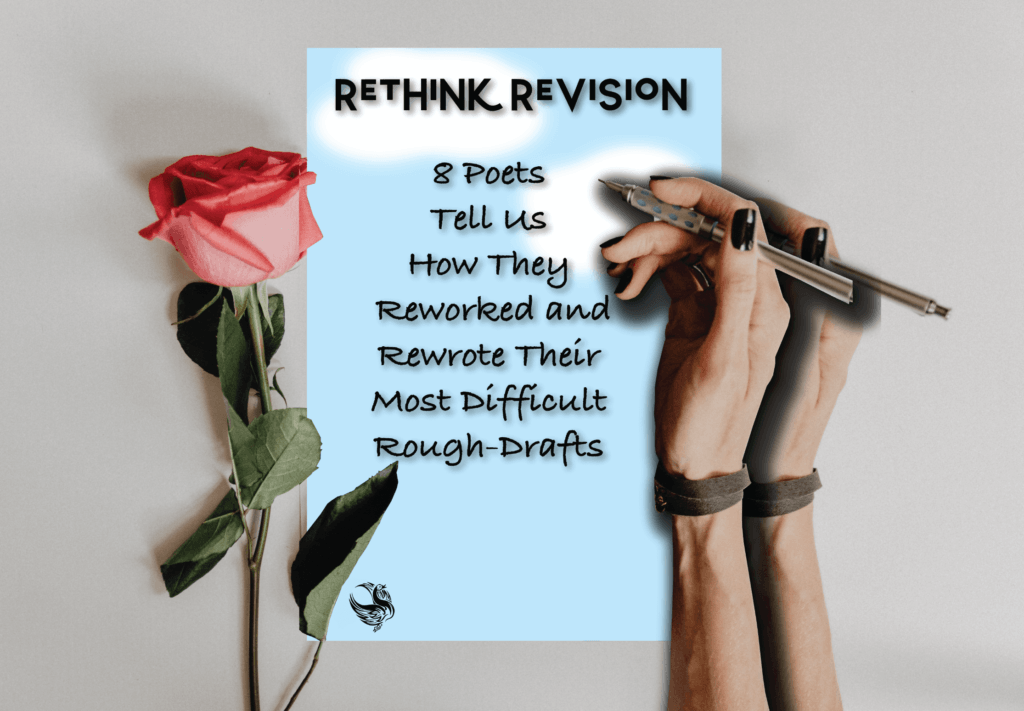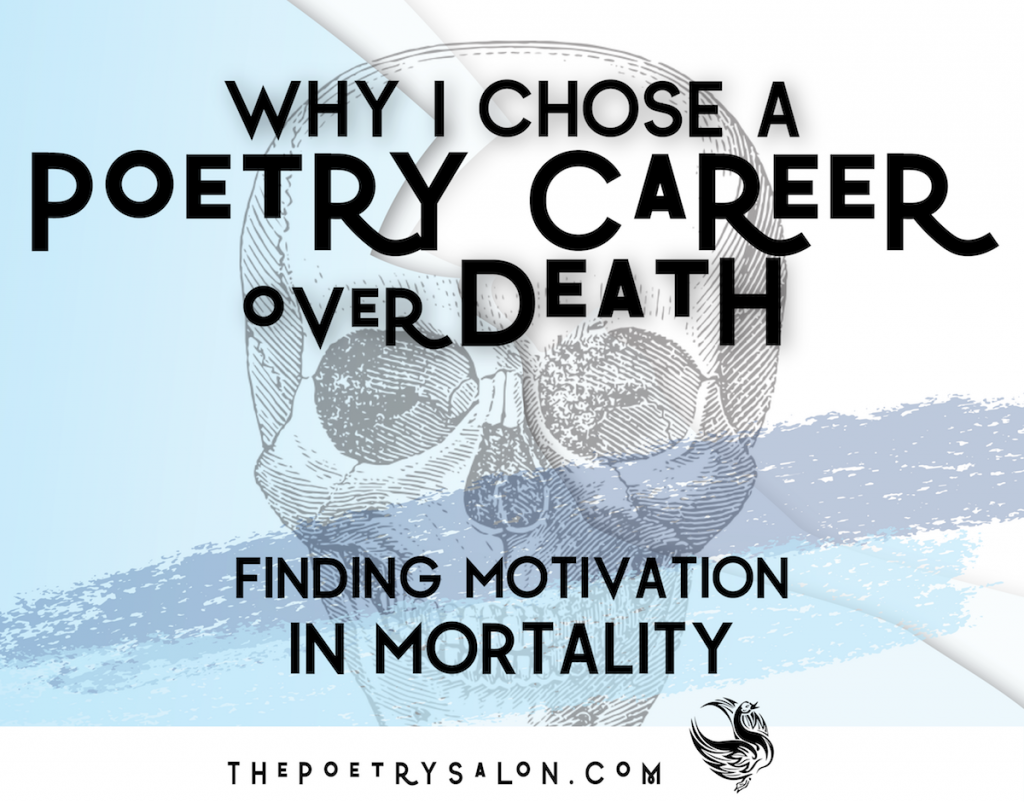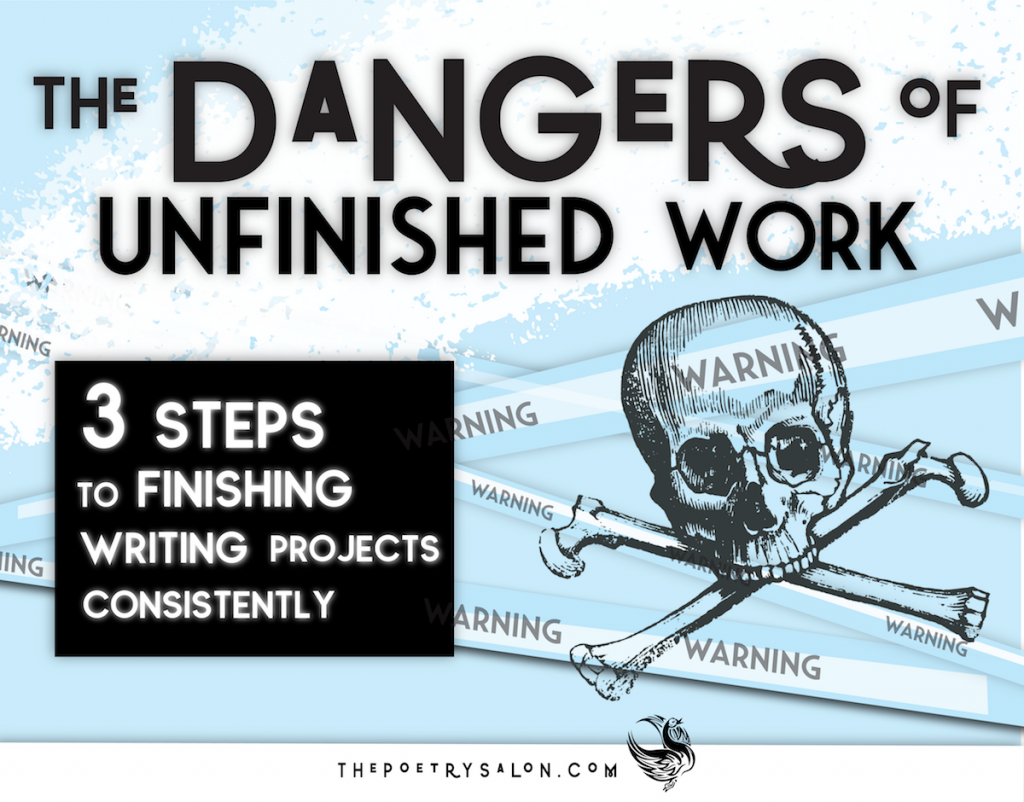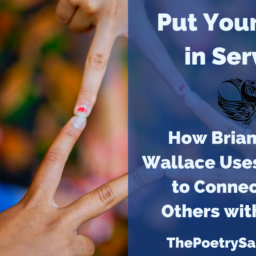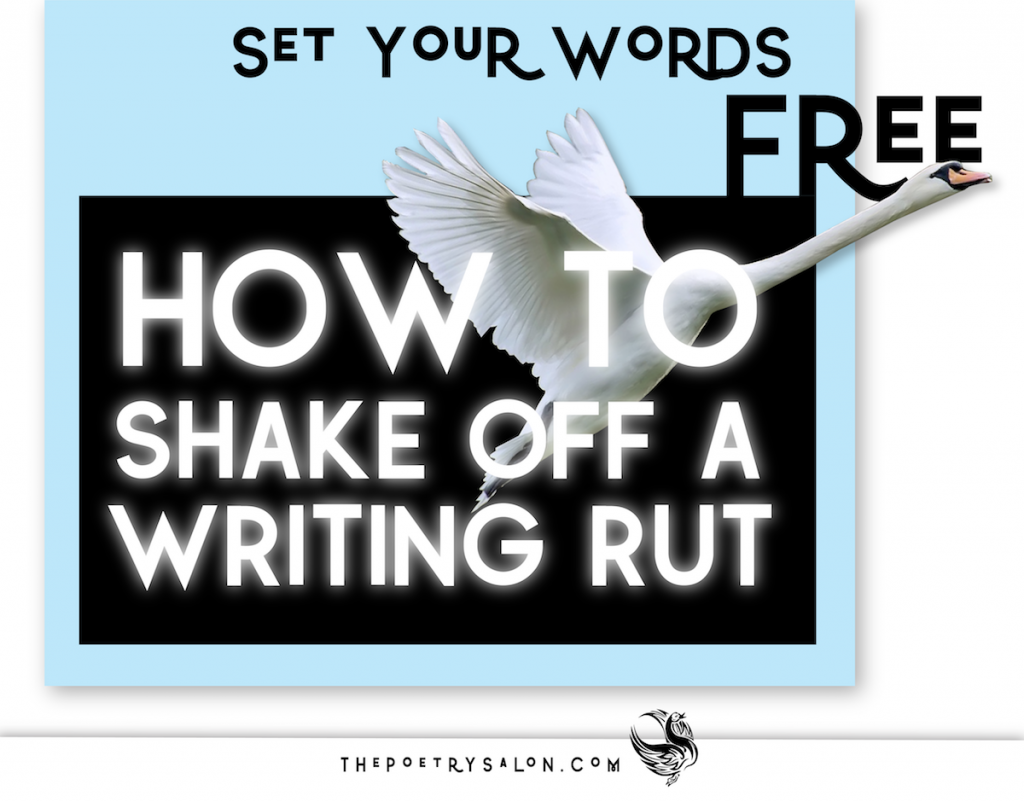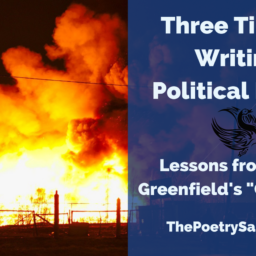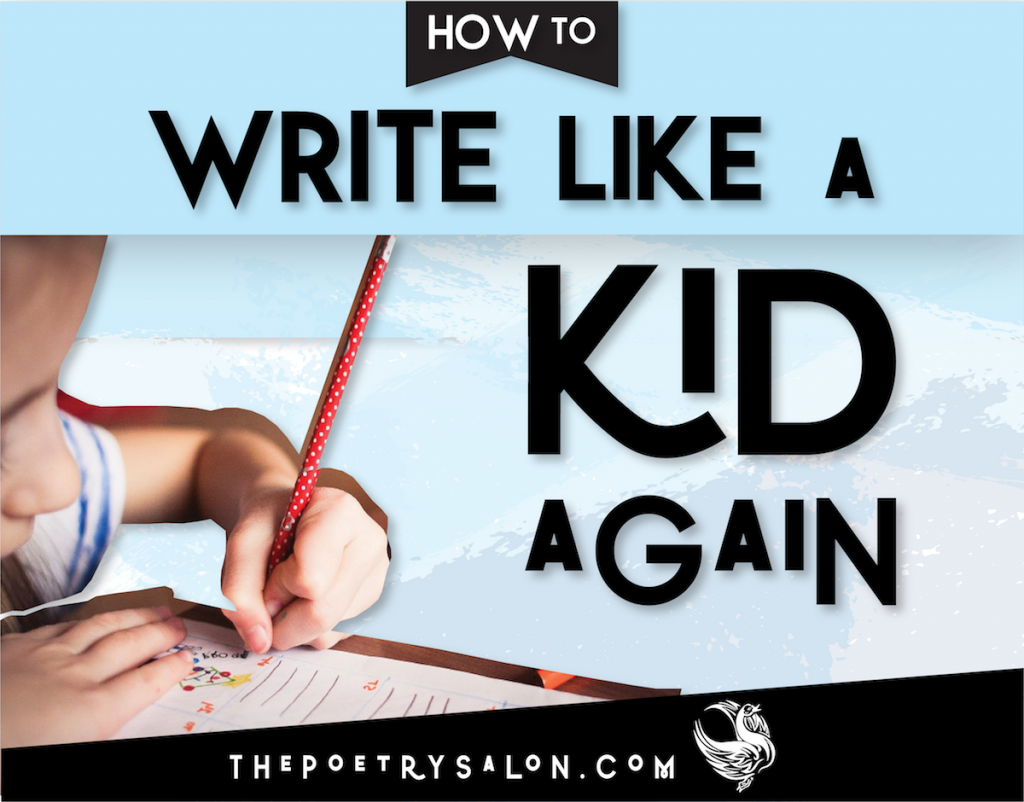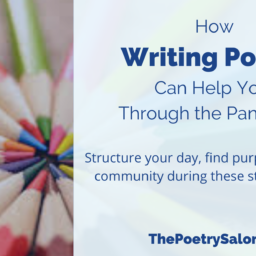It’s been said that most of writing is Rewriting. Revising a poem is so much more than correcting the grammar. It’s about seeing the original writing in a new light; a RE-VISION – to have your vision a second time.
The always eloquent poet, Brendan Constantine says, “Right from the beginning editing is presented to us as a form of drudgery; you did it wrong. Far more fruitful is to think I’m going back into it, not correcting something that’s wrong, but continuing to explore something that’s right.” He elaborates:
When I was a kid we had a big mirror in the living room. I was fascinated with how the room behind me looked in it. It was the reverse of the room I was in. Right was left, everything was switched. Somehow the room in the mirror seemed refreshed to me… better appointed, more interesting. I think sometimes a good workshop or a good editing session with yourself will give you the same experience. It’s not about slashing and burning, but about taking what’s there, seeing the work in a different way so you can have a fresh experience of it.
So how does one get that fresher perspective? In The Poetry Salon’s first season, I asked eight poets to tell me about their revision process. Here’s what they said.
1. Listen to Different Kinds of Music While You Write
Poet Jeannine Hall Gailey says, “I like listening to loud music, soft music, folk music, hard rock… because it can all give you a different feel for your poem. I think music influences you more than you realize.”
2. Add Another Voice to the Poem
Discussing her poem “Remembering Philomel”, Jeannine Hall Gailey related the harsh feedback she received from her workshop leader who did not “get” the poem at all. Years later, when Gailey took another run at the poem, she decided to add in the voice of that workshop leader. She let the voice of her original speaker play off the comments of the person who didn’t get her writing which made the poem much more fragmentary and experimental. Its final form was published in Beloit Poetry, one of the most difficult journals for any poet to place their work.
3. Ask what is the Poem’s Origin Story
In her poem, “Burn the Boats”, Kelly Grace Thomas explores the way the women have been programmed to feel shamed about their bodies, through media and gender norms, then saw this shame and hurt modeled by the woman around her. In earlier drafts though the poem was more vague, and rootless. In a workshop someone asked her a compelling question: where did her self-criticism come from? Where had she originally learned to feel this way about her body? Thomas remembered an impactful moment with her great grandmother that became a powerful first stanza, “Pointed to every empty man /not at our table. Told me I’m only as good /as what I can please.” Looking back to the start of her feelings gave her poem the clarity and depth it needed.
4. Find the Right Form
Throwing in my own two cents here (interview with Tresha Faye Haefner) what I love about poetry is that it is dependent on smaller, tighter forms to contain the rambling chaos of the world and my own mind. If I have trouble with a poem, the first thing I might do is put it in a different form, whether that be something traditional like a sonnet, or a non-poetic form, like in my piece “Cartography Test” where I re-envision the poem as a fill-in-the-blank test.
5. Read Your Poem Aloud to an Audience to See What Still Excites You
Speaking as someone who tries to edit a lot from the head, I was delighted and surprised to hear this piece of advice from Hannah Gamble on editing, which is based so much more on instinct than on intellect. It’s profoundly simple – just read it out loud and keep what sounds good, cut the rest, and go from there.
6. Trust the Collisions
Douglas Manuel notes that one thing he loves about poetry is its velocity. Rather than needing a logical and linear structure, poetry allows for unusual juxtapositions and intuitive combinations of images and ideas. By stripping out the logical words meant to make a poem “work” on a rational level, he creates fascinating, emotionally resonant “collisions” that challenge right-brain thinking. Manuel also talked about the “Tippecanoe” exercise in which you switch the first and last lines of a poem to create new, strange connections.
7. Let the Reader Use Their Imaginations
A lot of writers feel they need to spell things out for their reader, but that’s not really why people come to writing. Alexis Rhone Fancher puts it this way: “You start out curious about your character; you try to have something about them that allows your reader to have a touchstone. You want to give them some information, but not too much, because what you really want is to touch their imagination so it becomes their story.”
8. Explain the Poem to Someone Who Doesn’t Have a Lot of Time to Listen
Back to Brendan Constantine, who says that this trick can help you get to the heart of the poem more quickly. It will help you cut unnecessary preamble and give you and your reader a sense of urgency with the writing. I dubbed this technique finding a poem’s “Elevator Pitch”. (Those who live in Hollywood will understand.)
9. Give the Poem Space
Arminé Iknadossian says, “When I have a poem I’m stuck on… sometimes I start over, or I respect the poem enough to say, ‘you don’t want to be written right now… so I’m going to go hang out with this other poem.’ I don’t write every day. It has to come organically.”
10. Let it Go
When all else fails, hit “delete.” This is a controversial statement. I know some poets who hold on to everything, thinking that one day the idea they jotted down in their twenties will blossom into a finished poem. Personally, when I write I feel like a honey badger, grabbing onto an idea with my teeth and shaking the damn thing until it gives me what I want. But other poets, like Kelly Grace Thomas, say that if the poem doesn’t “go somewhere” after a few drafts, she just hits delete and starts over with something else. Considering how prolific she is, maybe it’s an idea worth considering.
